Little free libraries and tiny sheds are colourful community structures created to foster neighbourhood sharing. With the enormous volume of stuff we have likely gathered in our homes, these spaces allow unused items to get a second life with someone who needs them. While little free libraries originated as a book sharing tool, many have popped up for other purposes like sharing plants, vegetable harvests, seeds, and tools.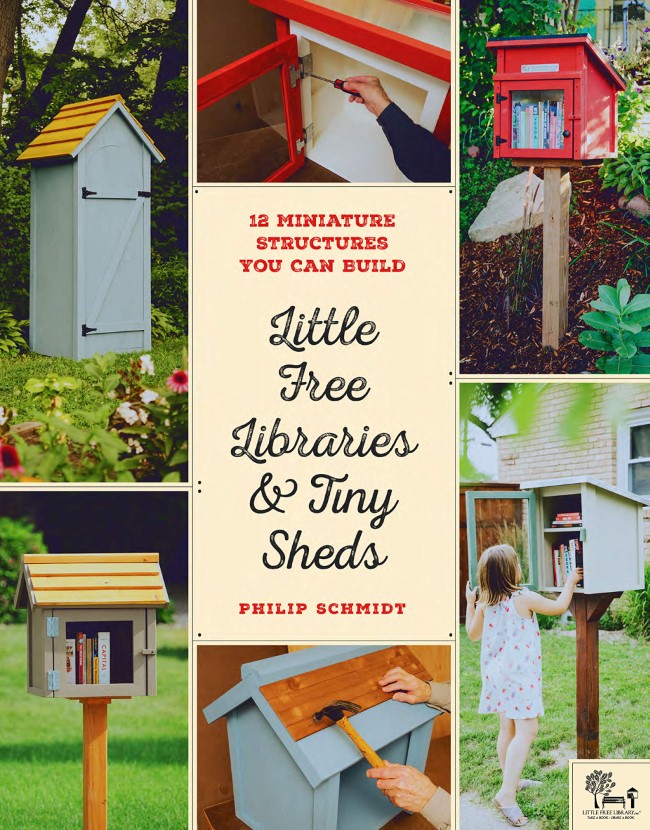
I’m lucky to live in a creative community full of generous and sharing people who value neighbours and our neighbourhood. We have online message boards, neighbourhood grants, block parties, festivals, and a whole bunch of little free libraries. As a writer, I’m thrilled to share books and pick up a new treasure while out for a walk. Just the other day I grabbed book on writing papers in the biological sciences and a post-apocalyptic thriller. Two books I wouldn’t have sought out, but they were fun to find nonetheless!
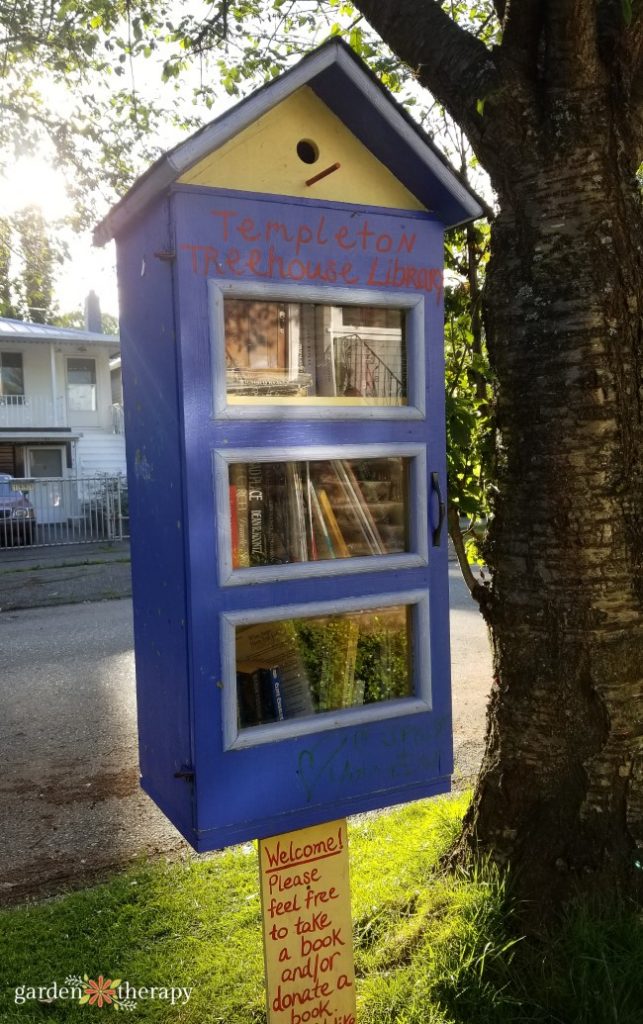
Speaking of fun little treasures, I recently got a copy of Little Free Libraries and Tiny Sheds in the mail, Which gave me an opportunity to learn a little bit more about little free libraries.
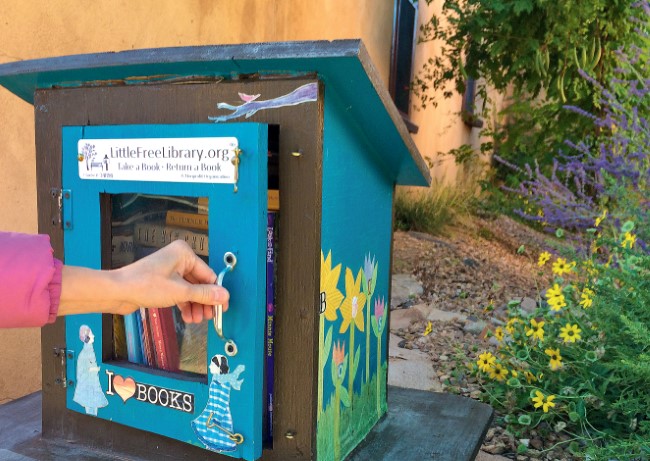
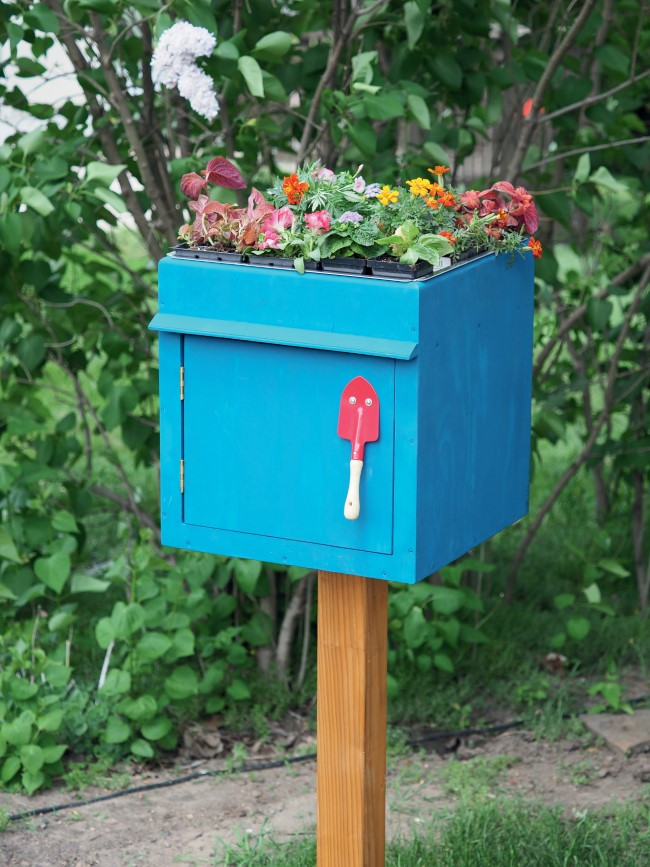
Ideas for all Types of Tiny Structures
- Gardener’s exchange—tools, seeds, homegrown foods, growing
- Tool booth—go-to yard and garden tools
- Homeowners’ depot—home repair and remodeling tools, DIY books, building materials, hardware
- CD swap—music, movies, video games
- Kitchen pantry—kitchen tools, recipes, cookbooks, dry goods, food magazines
- Clothes and equipment closet—hand-me-down clothes for babies, kids, adults; outgrown cleats and helmets; unused balls, bats, and rackets
- Board game library— for finding or sharing family favorites
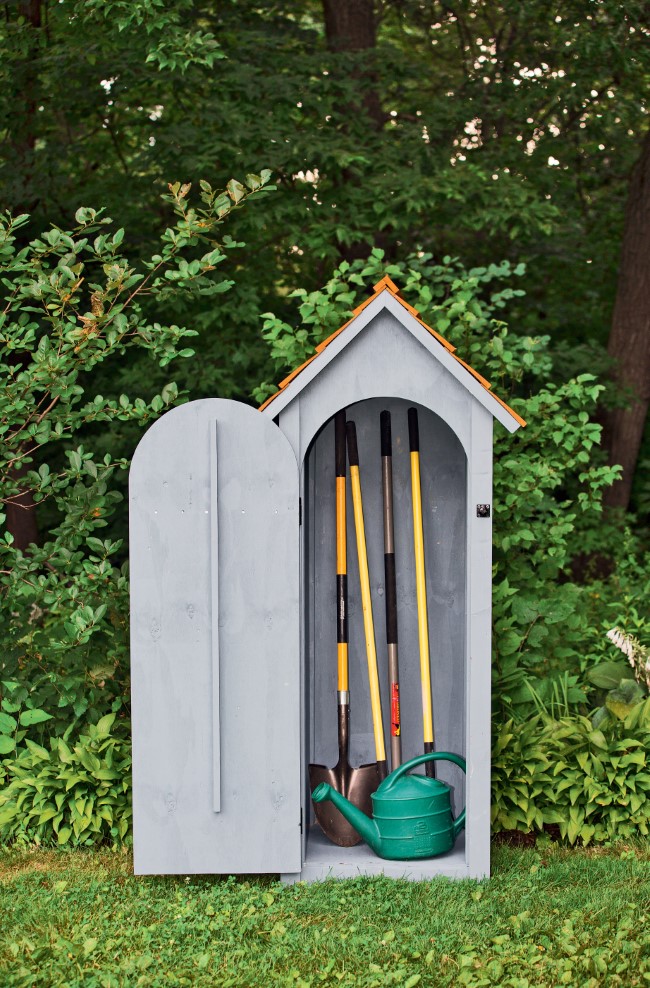
Tips from the Head Librarian
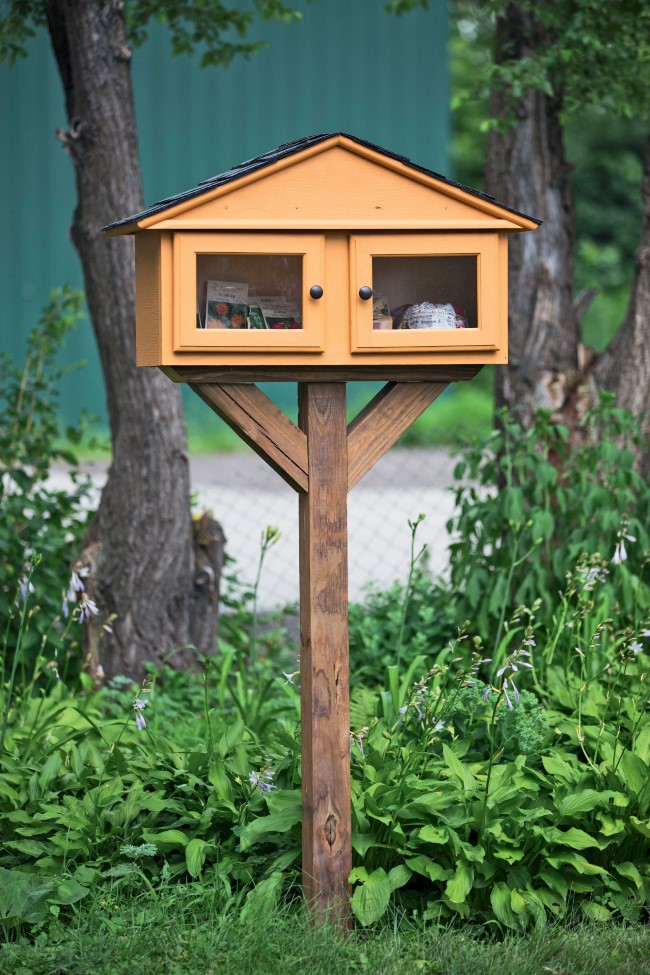
- Use recycled, salvage, and found materials if you can.
- Use green building techniques whenever possible.
- Build the library to last. Most libraries will be outside by a sidewalk or a bike or walking path, so they will need protection from rain, high and low temperatures, wind, and snow. The shelf should be strong and the box watertight. The outside walls and roof or top should be weather resistant.
- Screws work better than nails.
- Make it safe. Avoid using glass or any other material that can cause harm to curious children or adults. Use plexiglass on the doors so that passersby can see the books inside. If you use old would be sure it does not have lead paint on it! If you use metal, file off burrs and rough edges.
- Make sure the signs on your library easy to read from 5 to 10 feet away.
- Don’t feel obligated to build your library exactly like the ones you see. We value creativity!
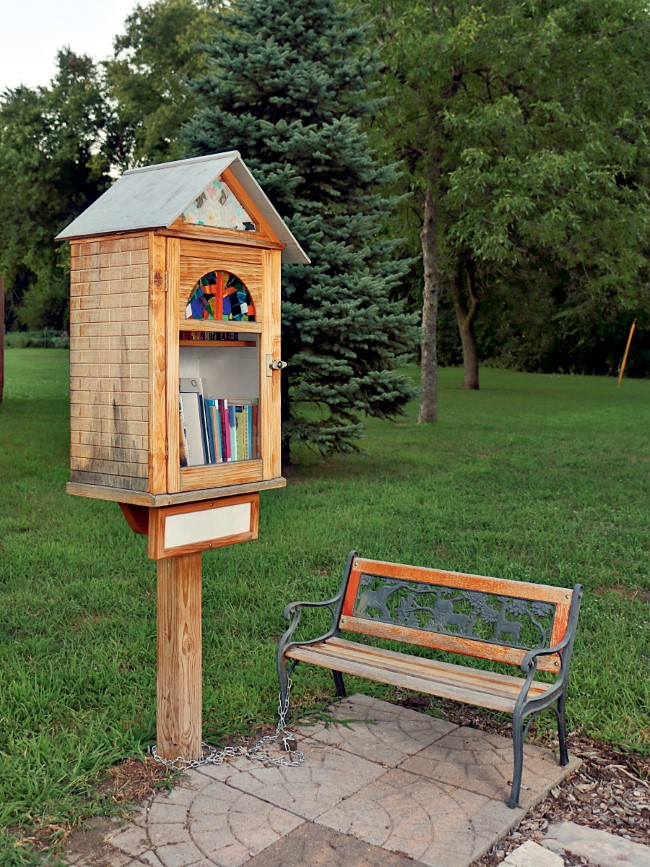
Little Free Libraries and Tiny Sheds
If you are looking for a creative building project for your street, school, or community garden, be sure to grab a copy of carpenter Philip Schmidt and LittleFreeLibrary.org’s new project book with 12 miniature structures you can build. Little Free Libraries and Tiny Sheds is the builder’s complete source of inspiration and building plans for making these post-mounted strictures. Philip Schmidt includes information on proper installation of small structures and common repairs and maintenance for down the road.
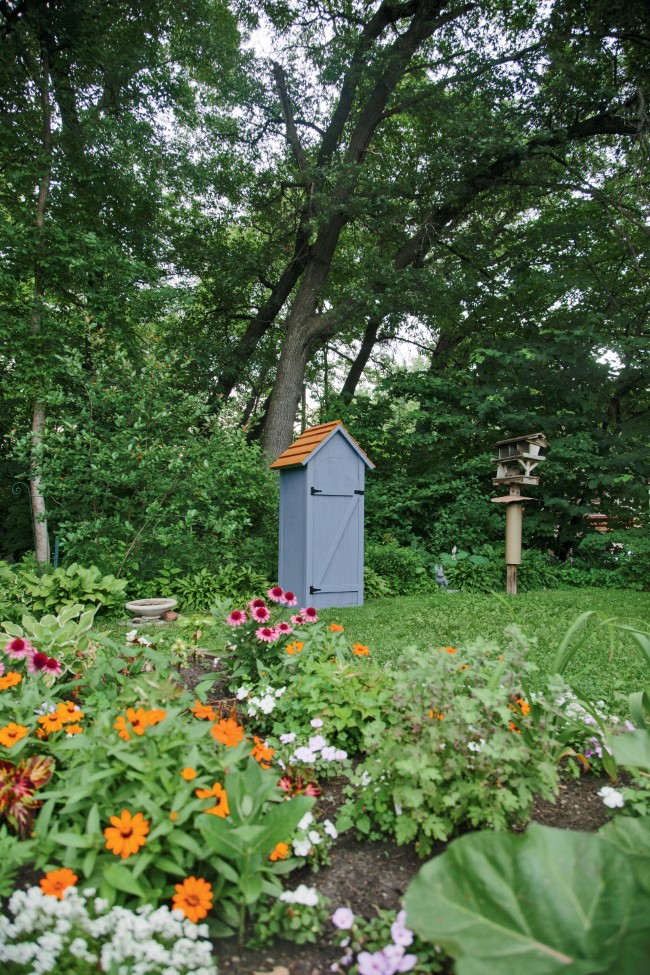
Excerpts and photography reprinted with permission from Little Free Libraries and Tiny Sheds by Philip Schmidt and LittleFreeLibrary.org, © 2019. Published by Cool Springs Press. Photography: Crystal Liepa, Shutterstock/Roger Siljander, iStock, Bethany Nelson/Burning Boxes of MN
More Community Building Projects to Try
- Clever Vertical Herb Gardens That Will Grow a LOT of Herbs in a Small Space!
- DIY Leaf Print Stepping Stones
- Give Wildlife a Helping Hand with DIY Wood Pallet Bird Apartments
- Building with Secondhand Stuff: Make a Wood Pallet Planter
- DIY Floating Planter for Water Gardens and Ponds
- How to Make Gorgeous Painted Beehives
- How to Install a Disappearing Fountain in Your Home Garden (It’s Easier Than You Think!)




I love the idea of having a little sharing shed for extra veggies! I’ve seen the little free libraries, but never thought of extending it to other items.